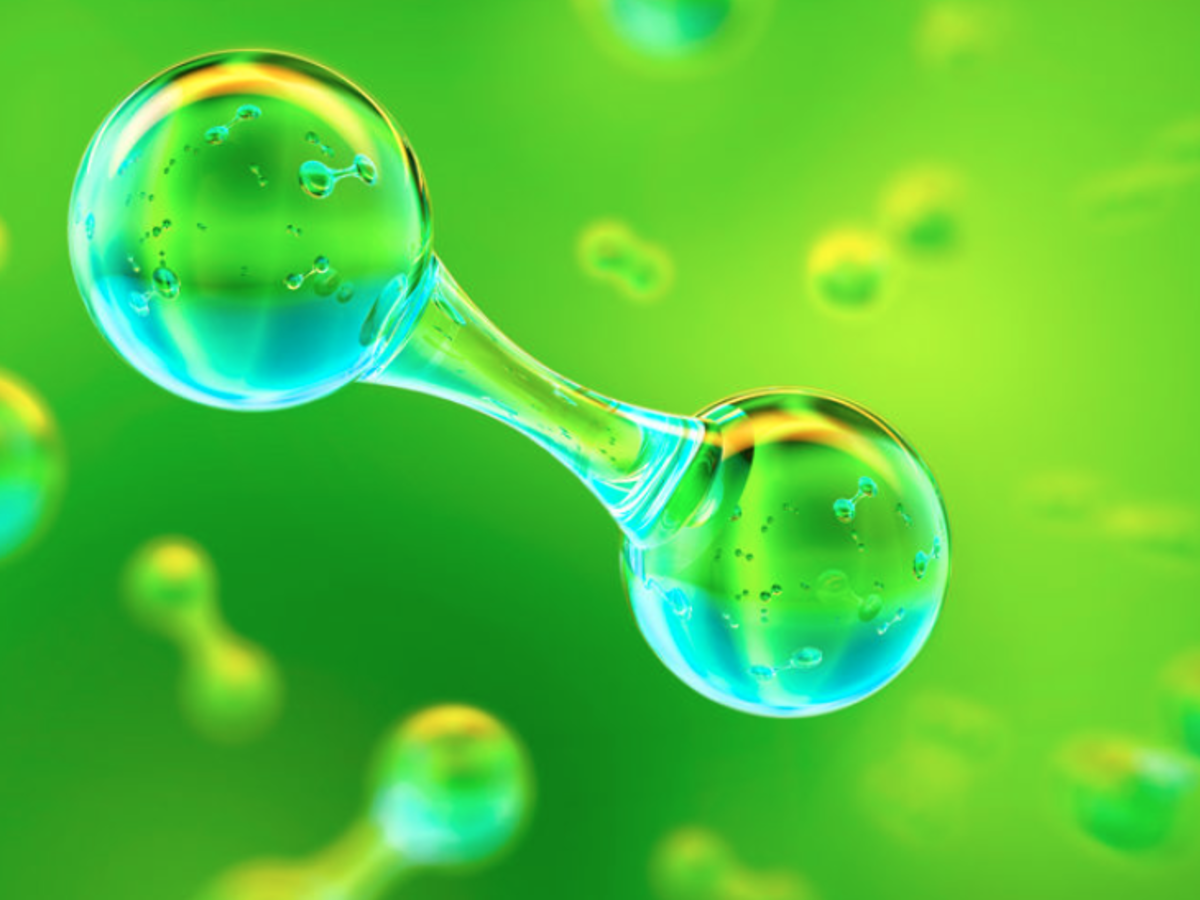Into Proton Adsorption for Green Hydrogen Production
Recent advancements in catalyst research have uncovered new vital information about proton adsorption behaviour. This is very important for developing electrocatalysts aimed at producing green hydrogen. The focus has shifted towards understanding how built-in electric fields (BIEFs) can enhance hydrogen production efficiency.
About Built-in Electric Fields (BIEFs)
BIEFs arise at the interface of different materials, particularly in metal-oxide-semiconductor (MOS) p-n heterojunctions. These fields create an asymmetric electronic environment. This asymmetry is crucial as it influences charge distribution at the junction. The resulting built-in potential enhances proton dynamics during adsorption and desorption.
Role of Gibbs Free Energy
Gibbs free energy is a thermodynamic potential that helps evaluate the maximum work obtainable from a system. In the context of hydrogen production, it is essential for understanding proton adsorption. The difference in work functions between two materials drives charge redistribution, establishing the built-in potential. This potential directly impacts the Gibbs free energy of adsorption.
Research on CuO-CuWO4 Heterostructures
Researchers at the Institute of Nano Science and Technology (INST) in Mohali developed a CuO-CuWO4 heterostructure. This structure was fabricated by growing CuWO4 nanoparticles over Cu(OH)2. The study examined the physical and electrochemical properties of the heterojunction. Notably, it explored the Gibbs free energy profile for proton adsorption across different regions of the catalyst.
Proton Adsorption Dynamics
The research revealed that the proton adsorption energy varies between the depletion region and the bulk area. Near the depletion region, there is a gradient in Gibbs free energy. This gradient promotes effective hydrogen adsorption and desorption, which is critical for efficient hydrogen evolution reactions (HER).
Negative Cooperativity in Catalyst Behaviour
The CuO-CuWO4 catalyst showcases a phenomenon known as negative cooperativity. As protons bind to the catalyst, the affinity for additional protons decreases. This behaviour enhances the alkaline hydrogen evolution reaction by facilitating desorption. Consequently, the catalyst’s surface becomes more effective in producing hydrogen under alkaline conditions.
Implications for Green Technology
The findings from this research provide a pathway for designing efficient electrocatalysts. By understanding proton adsorption behaviour and the interplay between BIEFs and Gibbs free energy, new catalysts can be developed. These advancements hold promise for sustainable hydrogen production and contribute to the development of green technologies.
Month: Current Affairs - April, 2025
Category: Science & Technology Current Affairs






